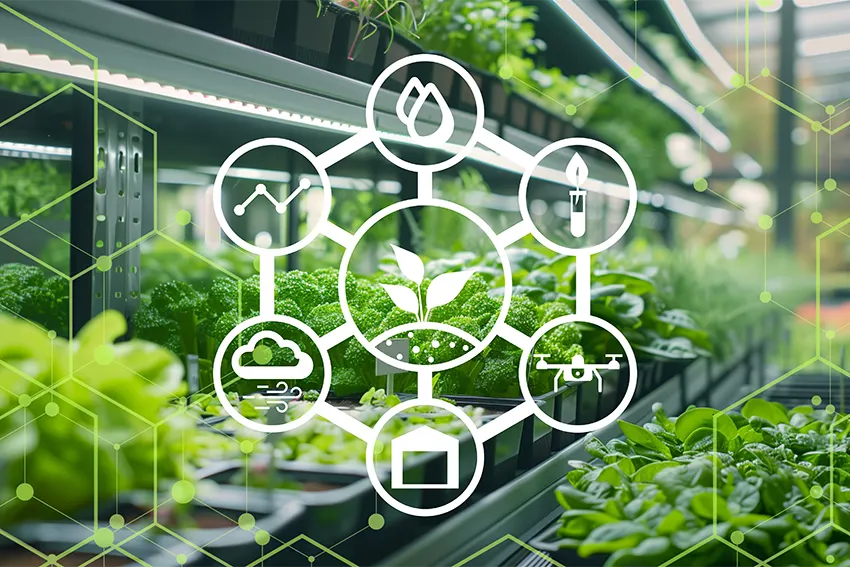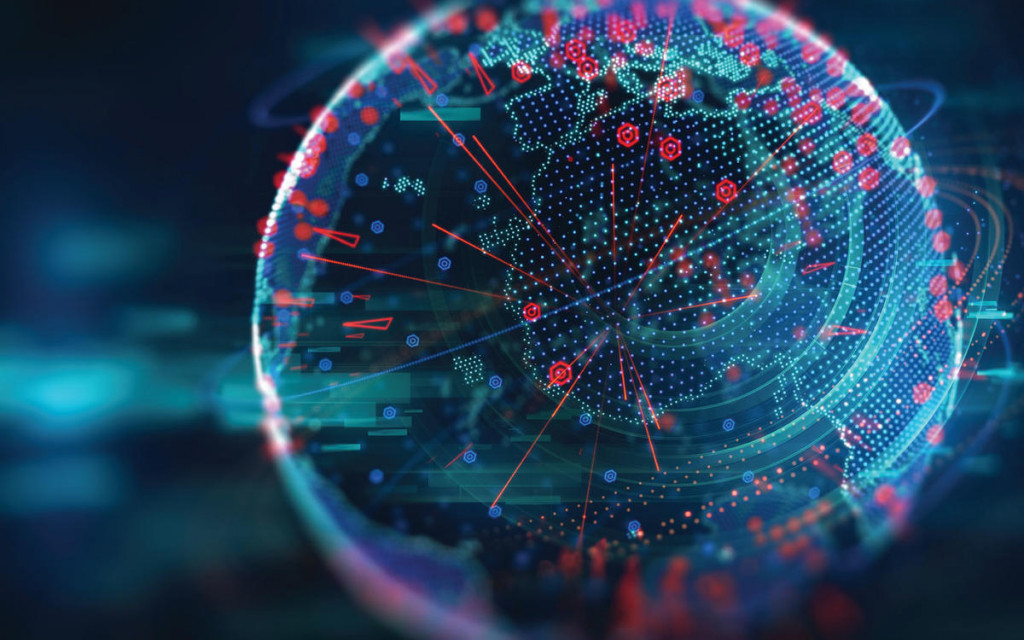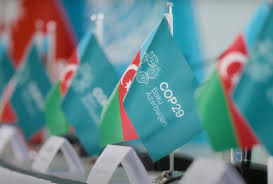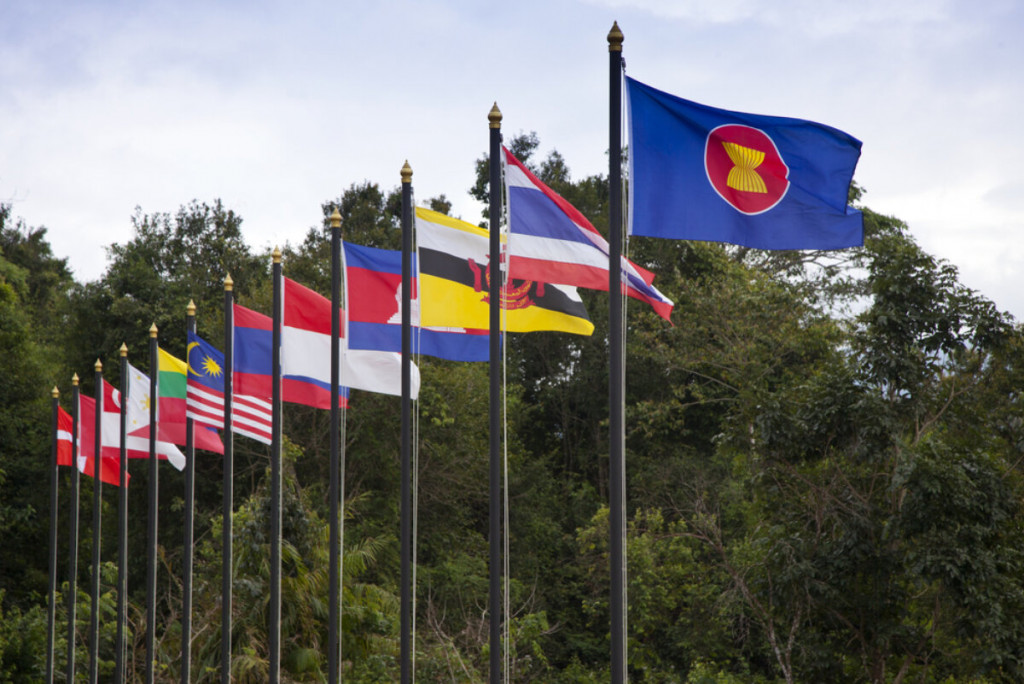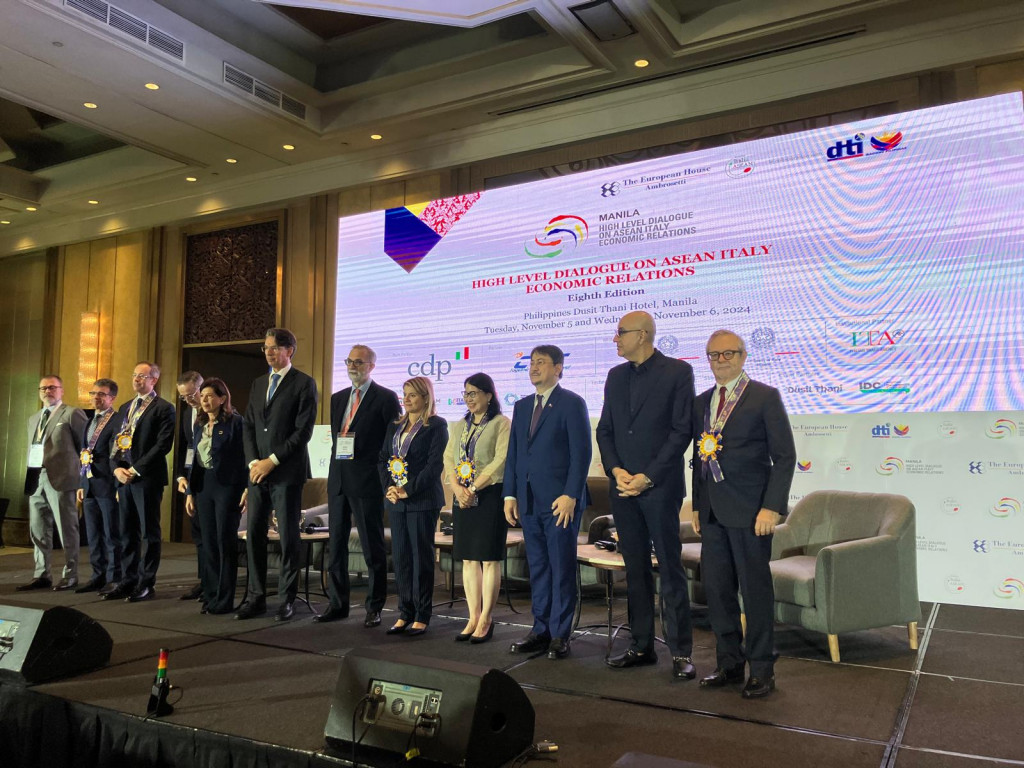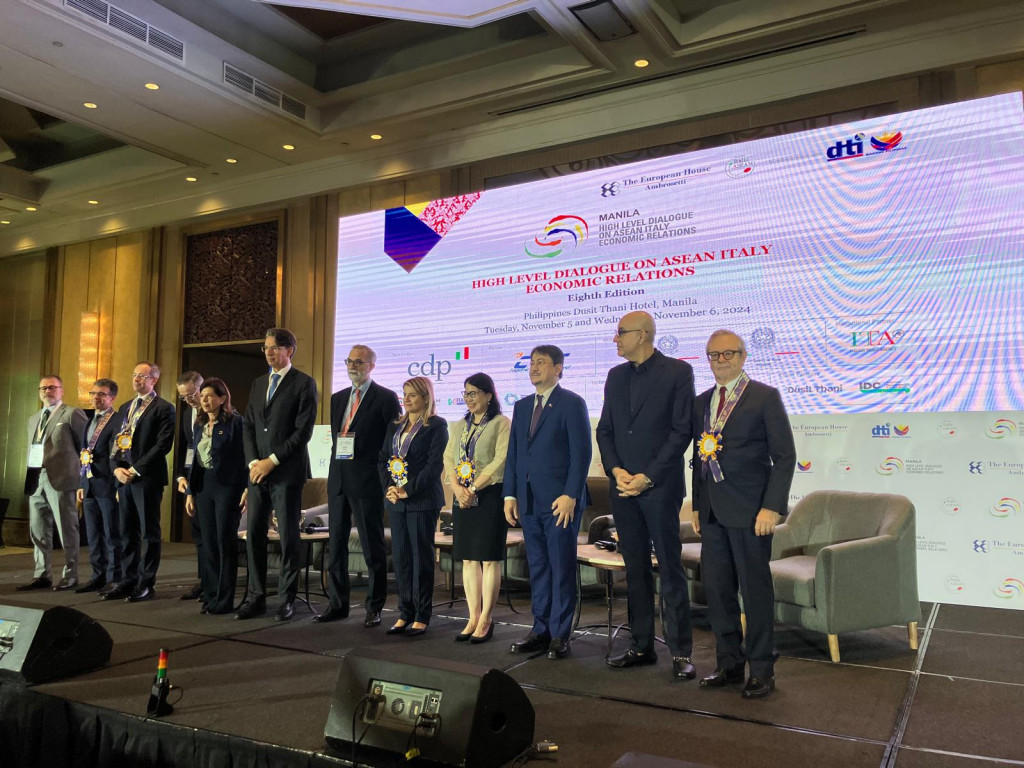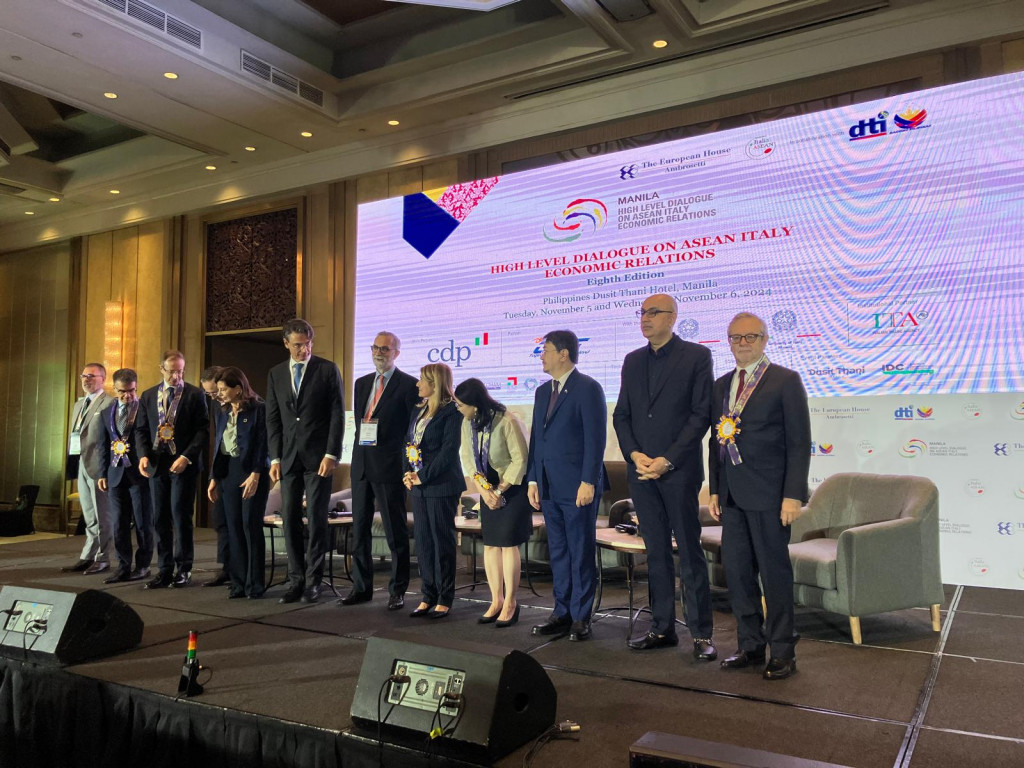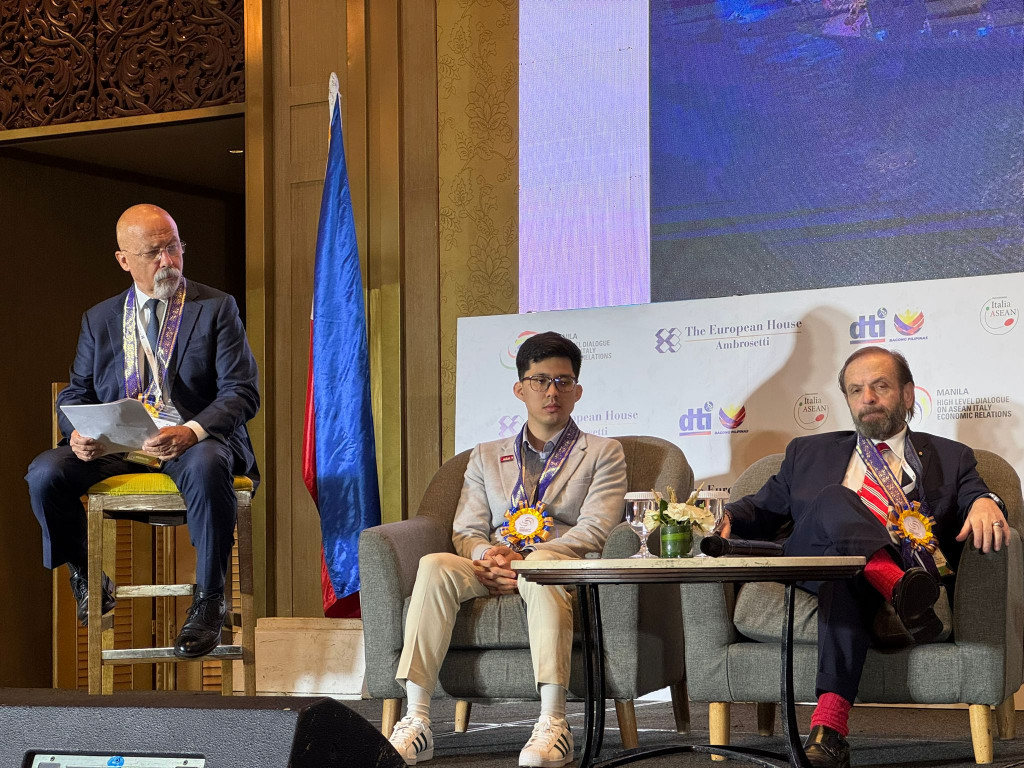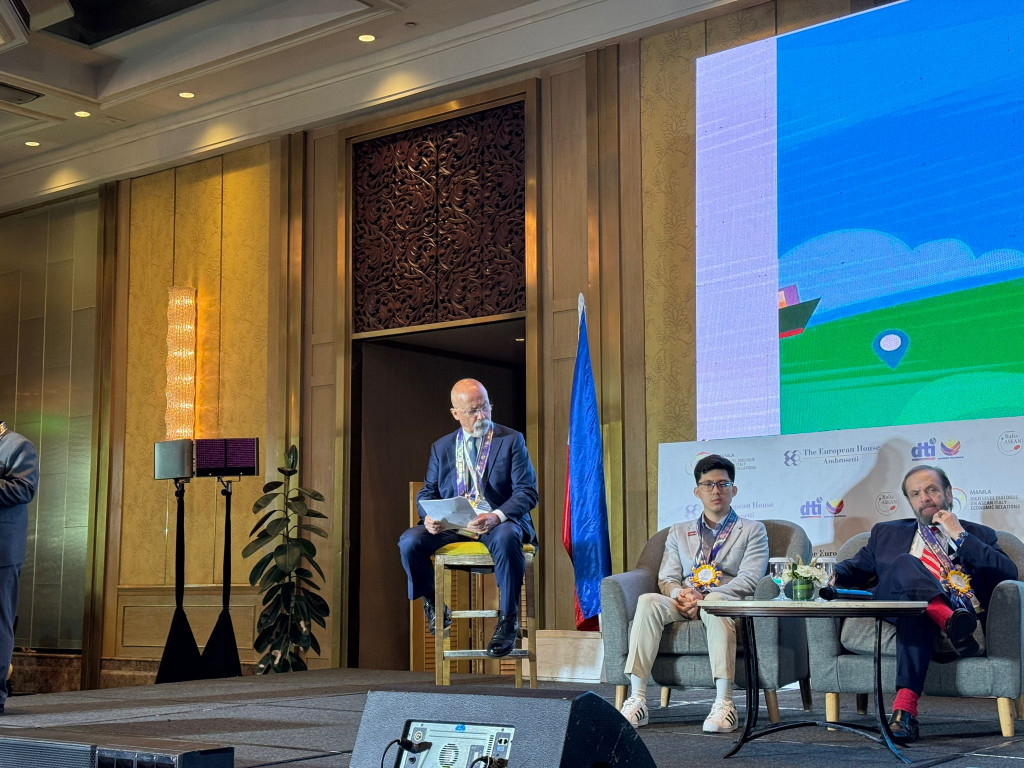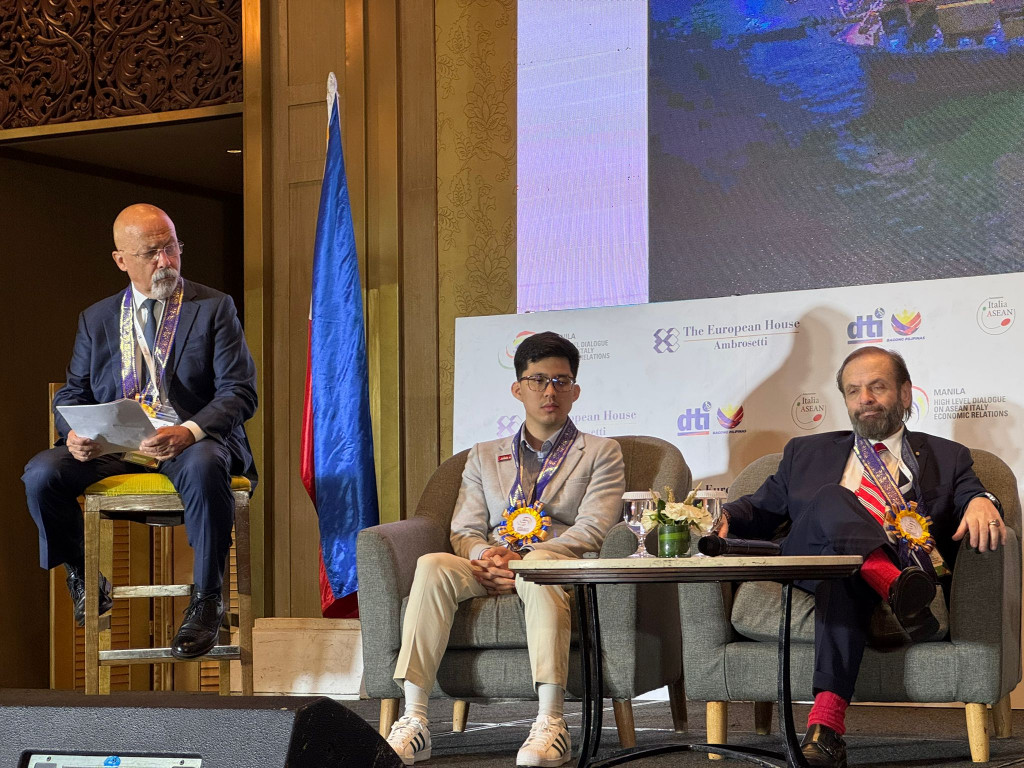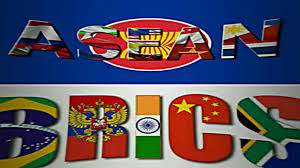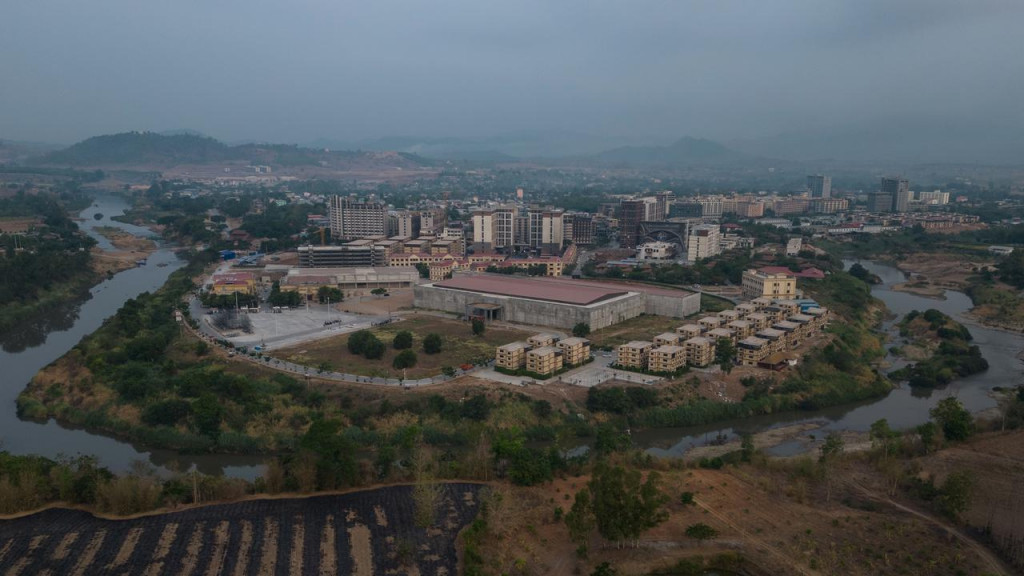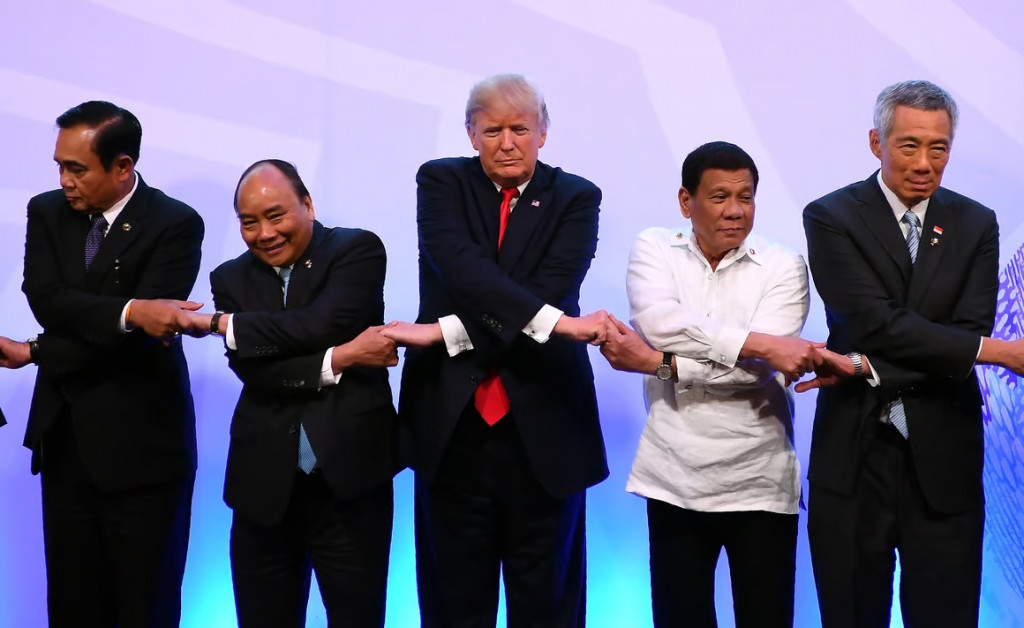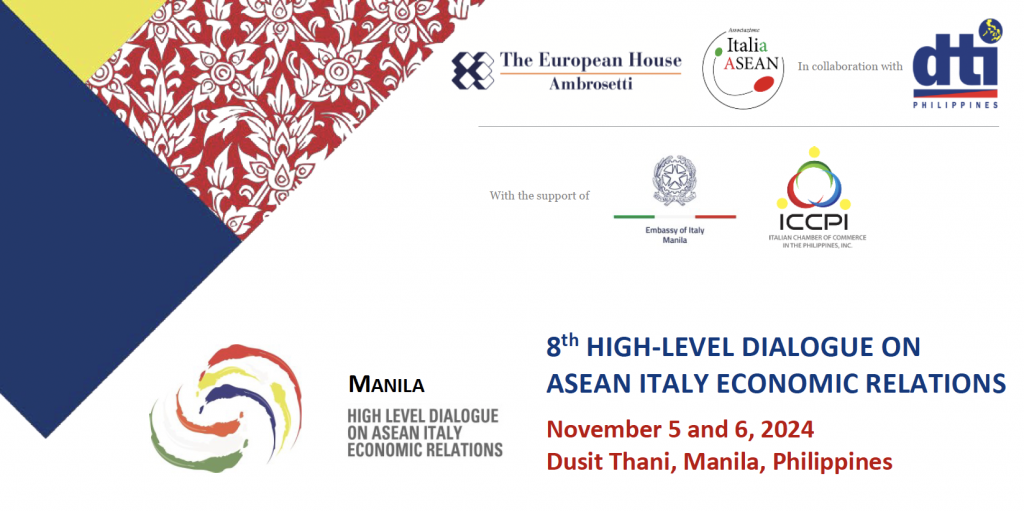Navigating the Challenges of Climate and Technology in a Key Economic Driver
Article by Luca Menghini
The agrifood sector plays an essential role in the ASEAN economy, both as a pillar of food security and as a crucial source of employment, particularly in rural areas. In a region where staple crops like rice, palm oil, seafood, and fruits are central to daily life, agriculture supports millions of people and remains a key component of GDP in countries such as Myanmar, Cambodia, and Laos. However, as climate change accelerates, environmental pressures are threatening these vital resources, posing significant challenges to both regional stability and economic growth. The ASEAN agrifood landscape, which has long been the backbone of food supply in Southeast Asia, is facing unprecedented pressures from climate change, deforestation, and biodiversity loss.
Southeast Asia has always been susceptible to extreme weather. Today, there are increasingly erratic weather patterns, such as floods, heatwaves, and droughts, which disrupt crops and make food production less predictable. Rice, a staple food for millions, is particularly vulnerable to temperature fluctuations and water shortages, putting both livelihoods and food security at risk. It should be noted that agriculture is a major contributor to greenhouse gas emissions, particularly through rice paddies, livestock farming, and land clearing for plantations. Rice cultivation, for example, produces significant methane emissions, while the expansion of palm oil and other plantations often results in deforestation and biodiversity loss. Balancing the need to feed a growing population with the need to reduce environmental impact is a complex challenge that highlights the necessity for strategic action by ASEAN member states.
ASEAN countries are beginning to recognize these issues, as highlighted by initiatives like the ASEAN Vision and Strategic Plan of Action for Food, Agriculture, and Forestry, which aims to address climate and food security challenges. On an individual level, countries are implementing their national programs, such as Vietnam's 'One Million Hectare Low Emission Rice' project. Through this initiative, Vietnam aims to reduce greenhouse gas emissions from rice production by 30% by 2030, demonstrating how targeted agricultural reforms can contribute to both climate goals and food security. However, the scale and urgency of these efforts underscore the need for greater collaboration among ASEAN countries to effectively mitigate environmental impacts.
To address these challenges, the adoption of new technologies is increasingly recognized as a viable solution for enhancing productivity while simultaneously reducing agriculture’s environmental impact. Innovative tools, such as drones and Internet of Things (IoT) sensors, allow farmers to monitor crop health, soil conditions, and water levels with unprecedented precision. Data analytics and machine learning also provide valuable insights for optimizing fertilizer and water usage, thereby enhancing yields and reducing environmental strain. This transition toward 'smart farming' enables more efficient resource allocation and reduces the ecological footprint of agrifood production. Through precise application of water and nutrients, these tools help to stabilize yields even in volatile climates, thus strengthening food security. The private sector’s role in driving this shift, from developing technology to offering training, is crucial to ensuring that smallholder farmers across the region can access and implement these advancements.
ASEAN has laid a foundation for collaborative responses to these challenges. Programs such as the ASEAN Integrated Food Security Framework and the ASEAN Climate Resilient Network support shared agricultural standards and practices, fostering resilience across national borders. Cross-border cooperation allows for the pooling of resources, dissemination of sustainable farming techniques, and implementation of early warning systems, which are essential for building adaptive capacity across the region. For example, Singapore’s Centre for Climate Research has offered to share climate data with neighboring countries, aiming to enhance agricultural planning and resilience. Such collaborative initiatives demonstrate how regional integration can enhance resilience and optimize resource use.
Moving forward, ASEAN’s agrifood strategies beyond 2025 must prioritize sustainable farming practices and technological adoption. Governments can build on current initiatives by creating policies that support the scaling of technologies, such as IoT-enabled smart farming, which will reduce waste and increase crop efficiency. In addition, expanding initiatives like Vietnam’s low-emission rice project to other member countries would be a strong step toward regional sustainability. A post-2025 framework that includes public-private partnerships will be vital for realizing the agrifood sector’s climate goals. Collaborative projects between governments and the private sector can also provide financial and technical support to smallholder farmers, helping them to adopt resource-efficient practices and participate in environmentally responsible markets. Enhanced regional coordination and information-sharing mechanisms, such as the ASEAN Food Security Information System, would further support these efforts by providing timely data on food supplies and weather conditions.
As ASEAN’s agrifood landscape faces these complex challenges, maintaining a balance between agricultural productivity and climate resilience is essential for sustainable development. Technology adoption and regional cooperation offer pathways to achieve this balance, but success will require concerted efforts from all ASEAN member states. With ongoing investments in sustainable practices and a shared commitment to climate action, ASEAN’s agrifood sector can continue to provide food security, employment, and economic stability for millions across the region. In the face of climate and environmental challenges, ASEAN must strengthen its collective action and foster a resilient, adaptable agrifood system to safeguard the well-being of its populations and ensure sustainable growth in the years ahead.

